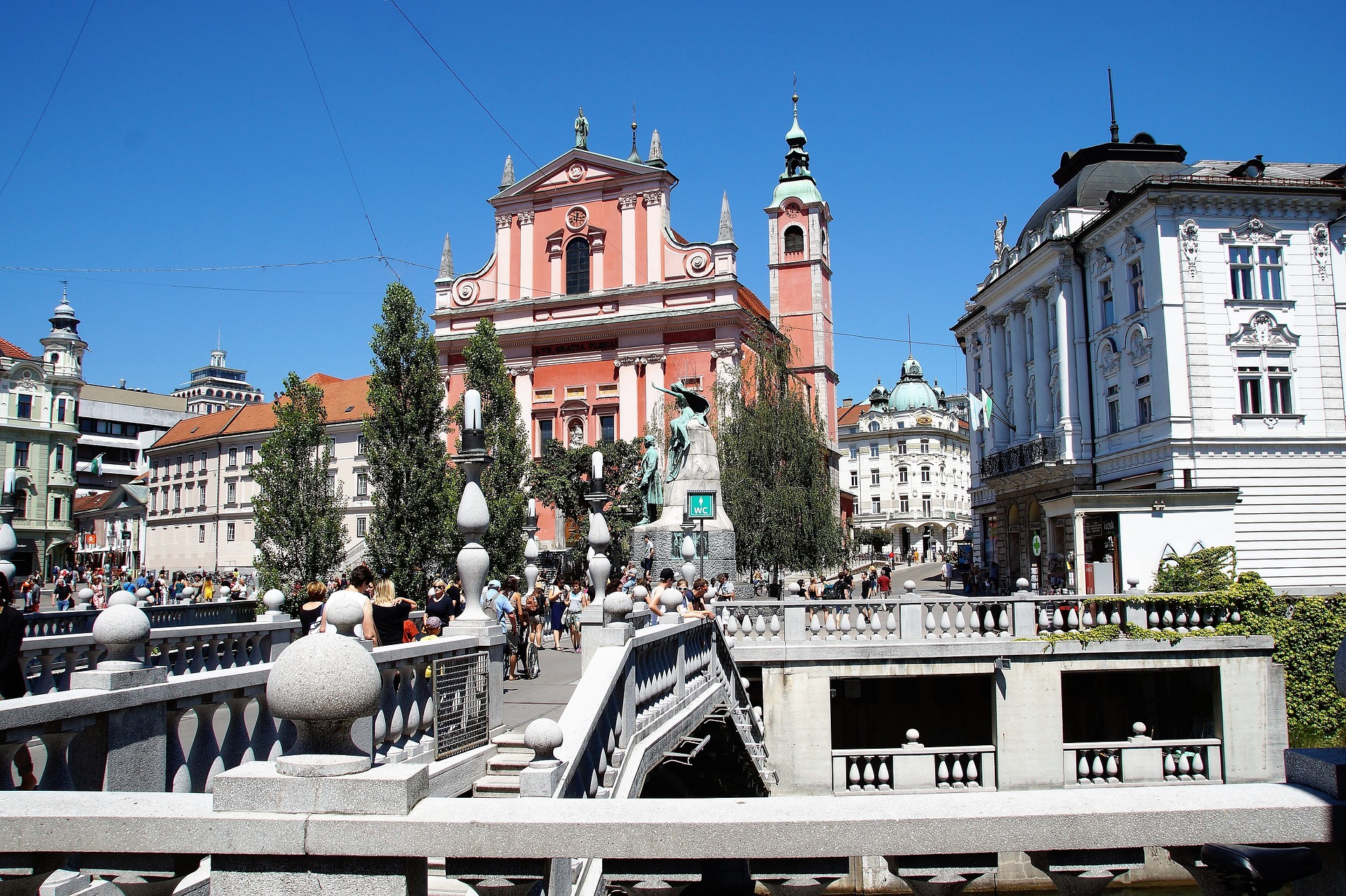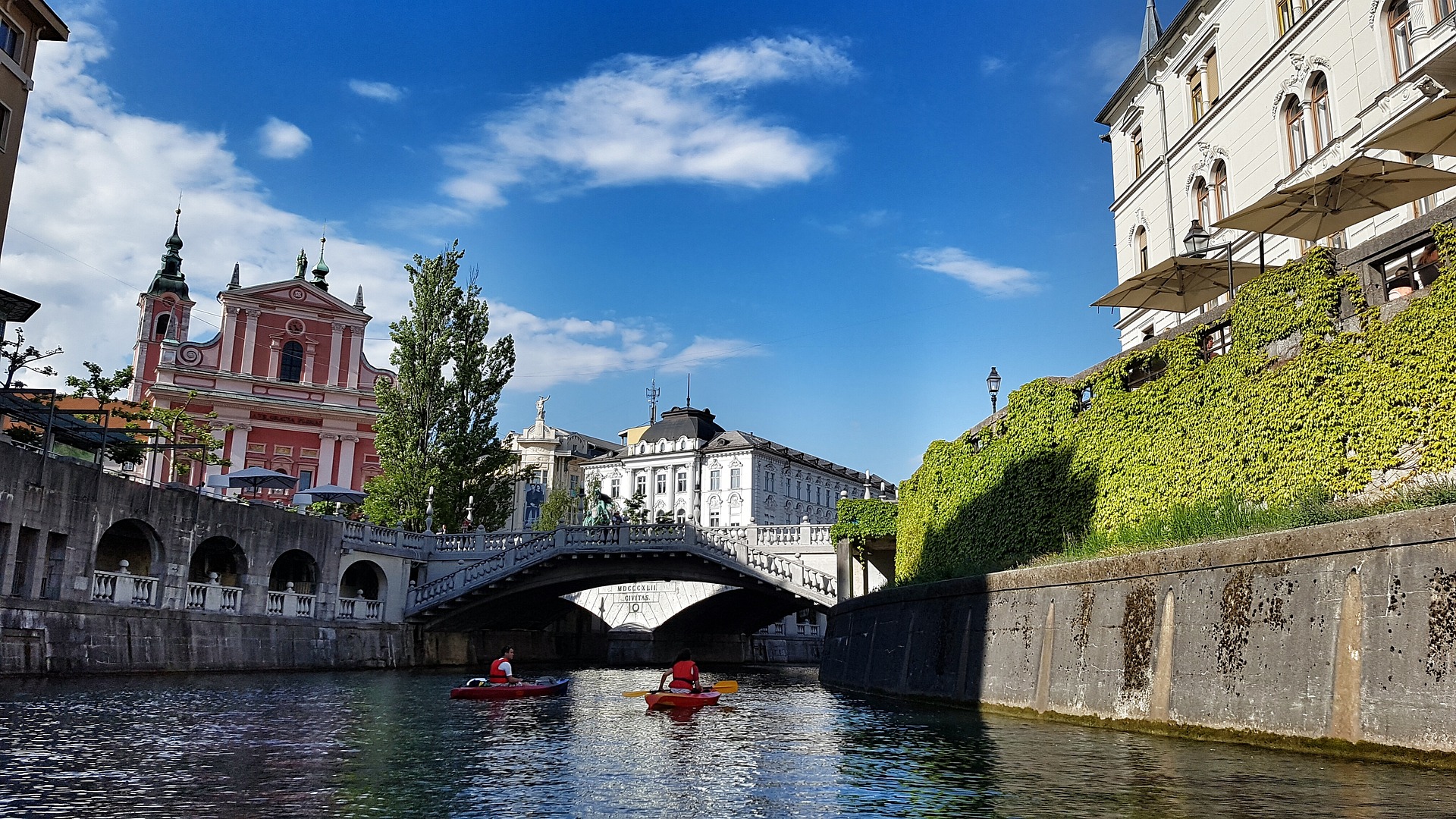
Adriatic state to make buildings earthquake-resistant
Buildings in Slovenia are being reinforced in an attempt to prepare for a possible earthquake. The disaster in Turkiye a few weeks ago highlighted the importance of the safety of buildings yet again. Slovenia expects partial funding from Brussels in terms of the renovations.
Better safe than sorry
130 years ago on Easter day, Ljubjajna was shaken by a strong earthquake. It was concluded to have been a magnitude 8, or 9 on the 12-degree Mercalli scale, which empirically derives the magnitude of an earthquake from the destruction caused by the tremors. At the time, roughly one in ten buildings has suffered some type of damage, and the city almost had to be completely rebuilt after the disaster. Earthquakes in Croatia and Italy also cause concern among Slovenians, and the recent one in Turkiye highlighted the importance of prevention.
Slovenia began the work years ago. The country has renovated more than 30 kindergartens and schools since 2009, spending hundreds of millions of euros on this, and other renovations. Rebuilding collapsed buildings after an earthquake is more expensive than prevention, says an official from Ljubljana’s emergency department.
„The example of Turkiye demonstrates that rebuilding after earthquakes costs much more than prevention would have cost,”
the expert said.
However, the capital will not be involved in the renovation and reinforcement of private homes and buildings, Robert Kus said, adding that the Slovenes are also counting on money from the European Commission to carry out the works. They hope to receive funds along the same principle that was used for funds already obtained to improve the country’s energy efficiency.

Photo: Pixabay
Huge interest in the preventive works
After a major earthquake, people are usually scared for six months and then the incident is slowly forgotten, real estate agent Jure Boh says. At the moment, people seem willing to spend to ensure that their houses are reinforced.
Currently there is a huge interest from private individuals for these works, contractors say. They are working at almost 100 per cent capacity, Radio and Television Serbia’s report quoted the director of a Ljubljana-based company as saying.
And indeed, it is important to carry out the works and reinforce any affected buildings, experts say. A 2018 study by the Faculty of Civil Engineering in Ljubljana found that if an earthquake – similar in magnitude to the one registered 130 years ago – were to reoccur, 28,000 buildings in modern Ljubljana would suffer some type of damage and 3,000 buildings would collapse, which underlines the significance of prevention.
„We issue a guarantee that the house will not collapse. If there was a big earthquake, like the one in Turkiye, there would certainly be some repair work needed afterwards, but the building would still be safe and not collapse,”
Matej Kos said.
Although they are uncertain about the time, locals in Ljubljana are sure that they will also witness an earthquake in the future, the civil engineer added. There is no need to panic, but everyone should be aware of what kind of property they are living in and when it was built, he stressed.

